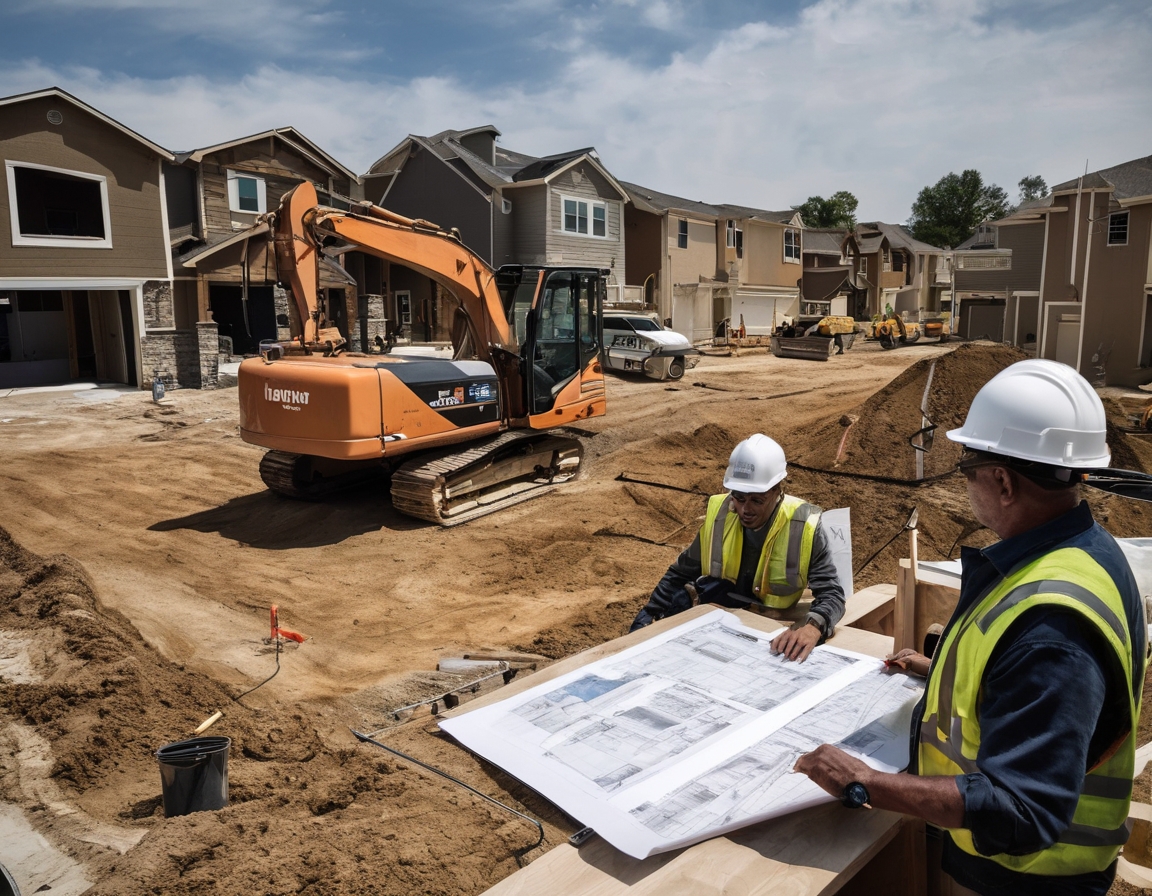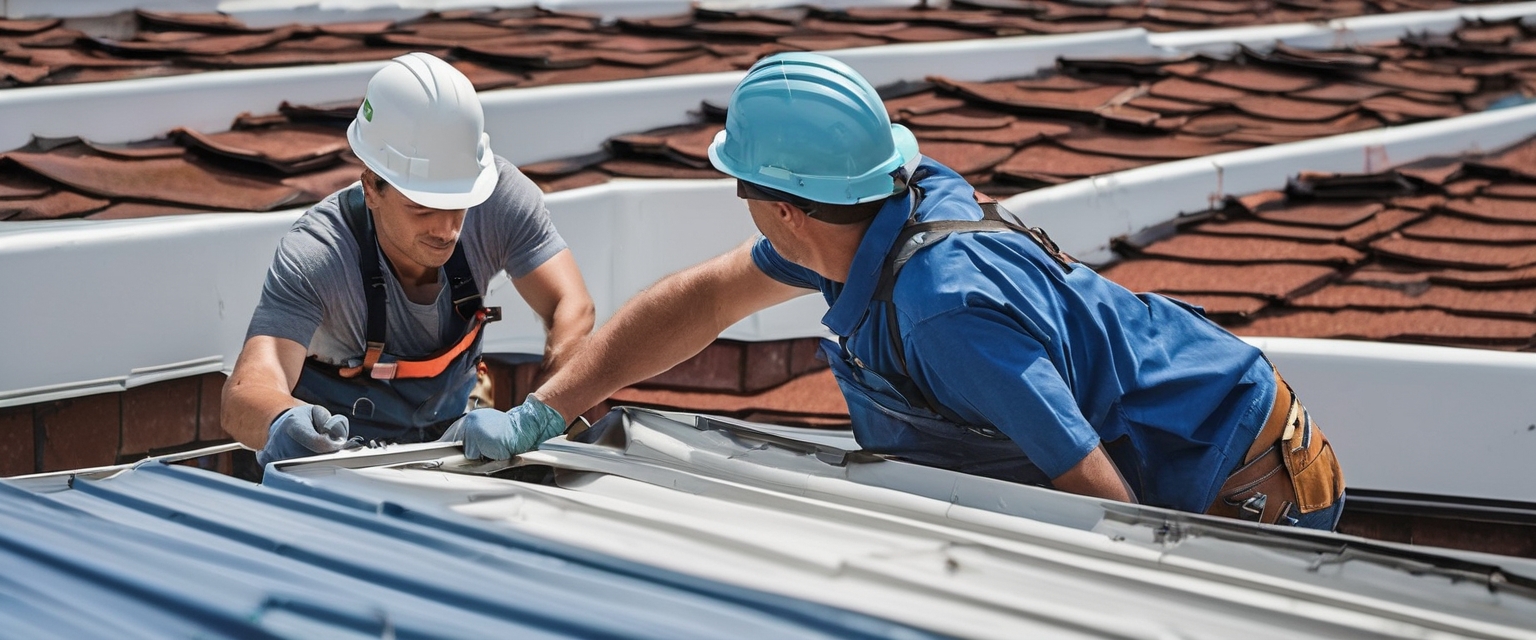How to choose the right rainwater system for your home
Rainwater systems are essential for managing the flow of rainwater from your roof to the ground, preventing water damage to your home and property. In urban areas like Tallinn, where heavy rainfall is common, an efficient rainwater system is crucial for protecting your home from potential water-related issues such as foundation erosion, basement flooding, and mold growth. Additionally, rainwater systems contribute to sustainable water management by allowing homeowners to collect and reuse rainwater for various purposes.
Key Components of a Rainwater System
Gutters are the first line of defense in a rainwater system. They are installed along the edges of your roof to collect rainwater and direct it towards the downspouts. Choosing the right gutter material, such as aluminum, copper, or PVC, is important for durability and performance.
Downspouts are vertical pipes that carry rainwater from the gutters to the ground or a designated drainage area. Properly sized and positioned downspouts ensure efficient water flow and prevent overflow during heavy rains.
For those interested in sustainable practices, rainwater harvesting tanks are an excellent addition to a rainwater system. These tanks store collected rainwater for later use, such as irrigation, toilet flushing, or even potable water with proper filtration.
Factors to Consider When Choosing a Rainwater System
The size and type of your roof significantly influence the design and capacity of your rainwater system. Larger roofs require more extensive gutter and downspout systems to handle increased water volume, while the roof material can affect water quality if you plan to harvest rainwater.
Understanding your local climate and typical rainfall patterns is crucial for selecting a rainwater system that can handle peak water flow. In areas with heavy rainfall, like Tallinn, systems with larger capacity and efficient drainage are necessary to prevent overflow and water damage.
Choosing durable materials for your rainwater system components ensures longevity and reduces maintenance needs. Consider materials that resist corrosion and withstand harsh weather conditions, such as stainless steel or high-quality PVC.
While functionality is paramount, the aesthetic appeal of your rainwater system should not be overlooked. Select colors and styles that complement your home's exterior to enhance curb appeal.
Budget is a critical factor in choosing a rainwater system. Evaluate the cost of materials, installation, and potential maintenance to find a solution that fits your financial plan while meeting your needs.
Installation and Maintenance Tips
Deciding between professional installation and a DIY approach depends on your skill level and the complexity of the system. Professional installation ensures proper setup and compliance with local regulations, while DIY can be cost-effective for simpler systems.
Regular maintenance is essential for the longevity and efficiency of your rainwater system. Clean gutters and downspouts regularly to prevent clogs, inspect for leaks or damage, and ensure that rainwater harvesting tanks are clean and functioning correctly.
Compliance with Local Regulations and Safety Standards
Ensuring that your rainwater system complies with local building codes and safety standards is crucial. In Estonia, regulations may dictate specific requirements for system design and installation, particularly in urban areas. Consulting with local authorities or professionals can help you navigate these regulations effectively.








Comments (0)